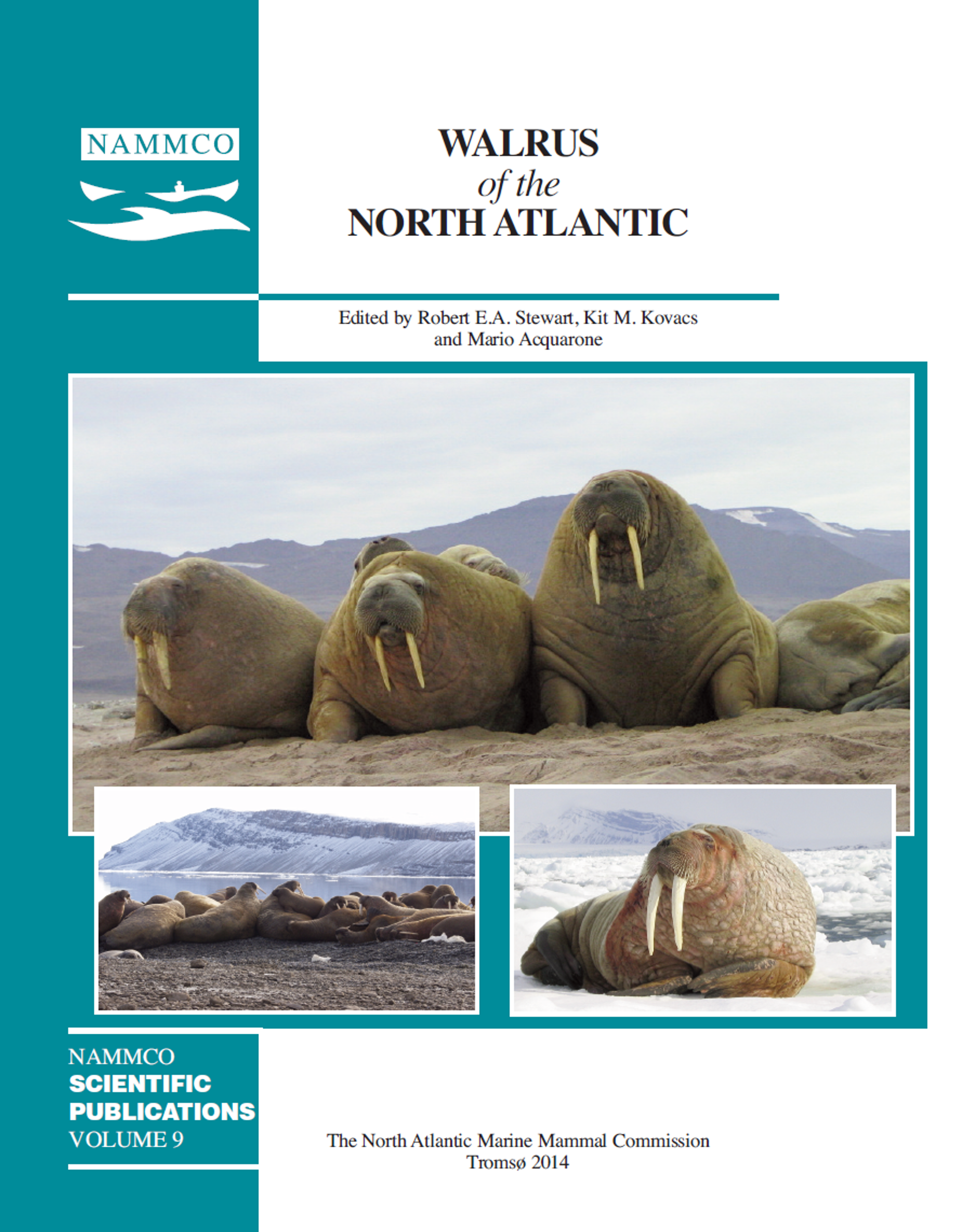A genetic comparison of West Greenland and Baffin Island (Canada) walruses: Management implications
DOI:
https://doi.org/10.7557/3.2610Keywords:
walrus, Odobenus rosmarus, genetics, stocks, West Greenland, Baffin Bay, Greenland, CanadaAbstract
Until recently Atlantic walruses (Odobenus rosmarus rosmarus) have been subject to relatively intense exploitation in West Greenland. Animals in this stock have also been hunted in Nunavut/Canada. However, the demographic identity of these animals and their connection with walruses in neighbouring areas is poorly resolved, hampering the determination of sustainable harvest levels. It has been suggested that walruses in West Greenland are genetically linked with walruses at SE Baffin Island (Canada) where they are also hunted for subsistence purposes. To determine the relationship(s) between walruses in these areas we conducted a genetic analysis including recent samples from West Greenland, Southeast Baffin Island in western Davis Strait, Hudson Strait in Canada and Northwest Greenland in northern Baffin Bay. Seventeen microsatellite markers were applied to all samples. Walruses in West Greenland and at Southeast Baffin Island did not differ from each other and therefore may be regarded as belonging to the same stock. However, walruses in these two areas differed genetically from both Northwest Greenland and Hudson Strait walruses. These findings support (1) that there are subunits within the range of walruses in the Hudson Strait-Davis Strait-Baffin Bay region and (2) that walruses along E Baffin Island and W Greenland constitute a common population that receive some influx from Hudson Strait. Thus, sustainable catch levels in Southeast Baffin Island (Nunavut) and in West Greenland must be set in light of the finding that they belong to the same stock, which is exploited in these two areas. This requires Canadian-Greenlandic co-management of the W Greenland-SE Baffin Island walrus stock.





